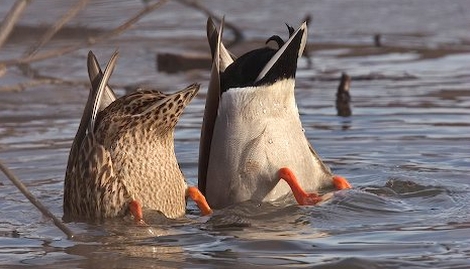Well-established food plots should be a part of the wildlife management toolbox on every property. Chufas are great for wildlife food plots, especially for wild turkey and ducks. Chufa food plots may be broadcast or row planted depending on the equipment available. For either method, spread fertilizer (13-13-13) at a rate of about 200 to 500 pounds per acre, depending on the fertility of your soil, and disked in. A clean chufa food plot with little weed competition will produce greater yields than a weedy plot.
Broadcast Chufa planting method: Chufas can be broadcast at a rate of about 40 pounds per acre on the prepared seedbed. Next the plot should be disked into a depth of about 1 to 2 inches. Top-dress the chufas with ammonium nitrate at 100 to 200 pounds per acre when the plants are about 6 to 12 inches in height. Broadcast planting will work for both turkeys and ducks where suitable habitat exist.

Row Chufa planting method: Row plant chufas on a prepared seedbed as described above using a peanut plate. From experience, I will tell you that corn plates will not work. Here’s how to plant these food plots: Plant in 30 to 38 inch rows with a spacing of about 5 inches in the row and 1 to 2 inches deep. Side dress with 100 to 200 pounds per acre of ammonium nitrate when the plants are 6 to 12 inches in height. Row planting produces a heavier yield than broadcast planting and is better suited to more upland plots.
Chufas make great food plots for turkey and waterfowl, but they must first be established. When grown for turkeys, chufas are often regenerated for years without replanting. When grown for waterfowl, however, they must be replanted each year because whatever the waterfowl do not eat, will most likely rot. Consider make chufas a component of your wildlife and habitat management program on your property. The animals will love it!
looking for something to plant in north florida that will break ground in about 15days before spring season in March 15